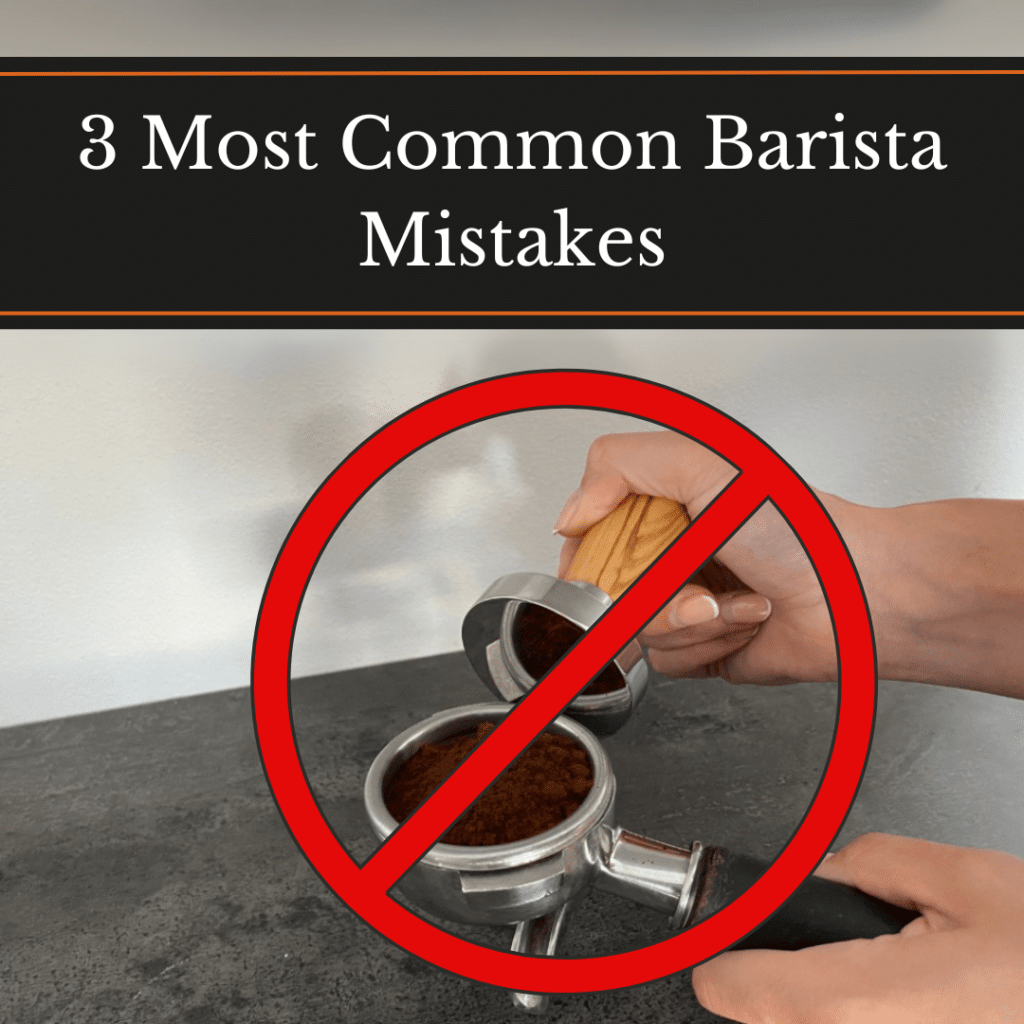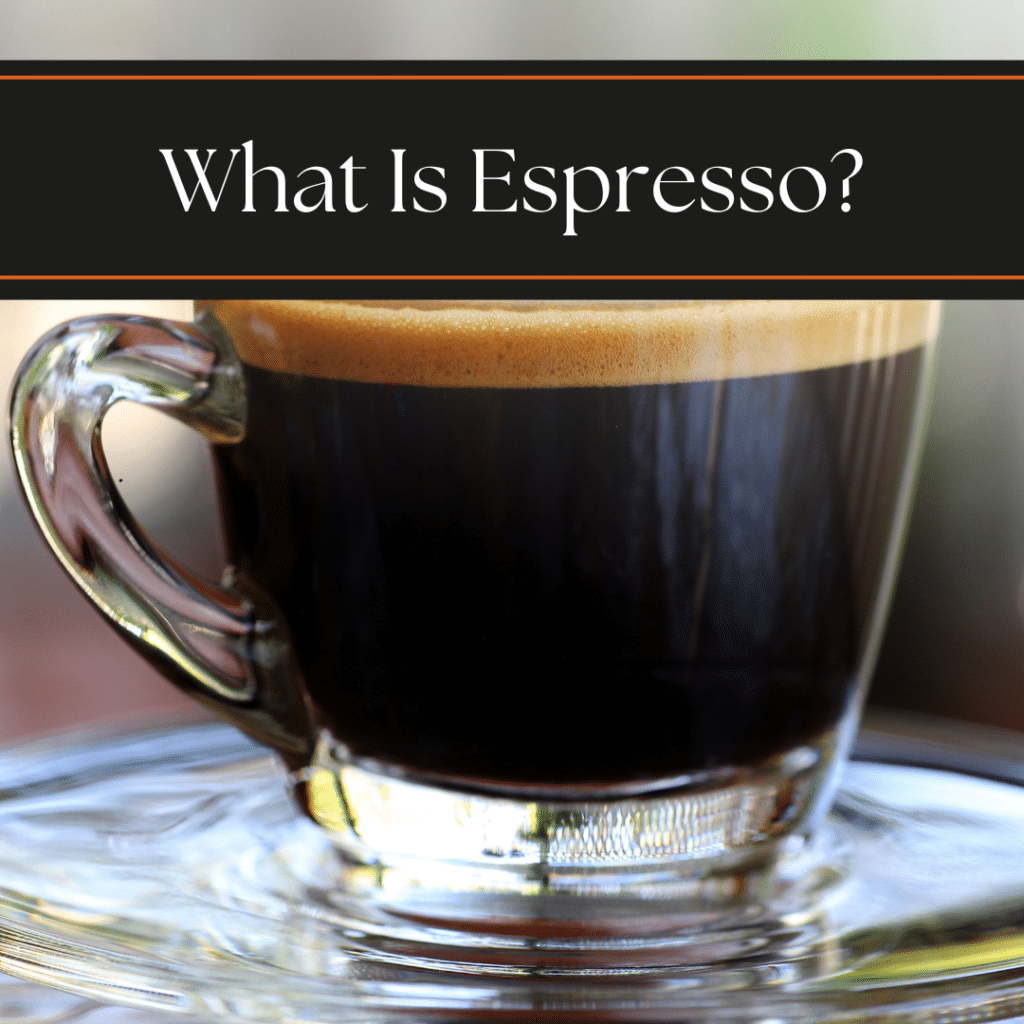Exploring how your dripper material influences the flavour and quality of your pour over coffee is a fascinating journey into the world of brewing. From ceramic to glass, metal to plastic, the material of your coffee dripper can have a profound impact on the taste, temperature, and overall brewing process of your beloved cup of joe. In this comprehensive guide, we will delve into the intricate details of how the choice of dripper material can elevate or alter the essence of your pour-over coffee experience.
Introduction to Pour Over Coffee
Pour over brewing is a method where hot water is poured in a slow, steady stream over coffee grounds, allowing the water to filter through the coffee and into a carafe or mug beneath. This technique requires precision and attention to detail, as the rate of pour and the grind size of the coffee beans are crucial for achieving a balanced extraction. A good pour over coffee is characterised by its clarity and complexity of flavour, which is significantly influenced by the choice of dripper material. The dripper, holding the coffee grounds and filter, is the centrepiece of this brewing method, and selecting the right one is essential for coffee enthusiasts aiming to perfect their brew. How does your dripper material affect your pour over coffee? It’s not just about aesthetics; it’s about the chemistry and physics at play during the brewing process.
The Role of the Dripper in Brewing
The dripper is central to the pour over brewing process, acting as the vessel where the coffee grounds meet the hot water. Its primary role is to support the filter and ensure an even distribution of water, which is vital for a consistent extraction of the coffee’s flavours. The dripper material can affect how heat is retained during brewing. For example, metal drippers can transfer heat quickly, potentially leading to a faster extraction, whereas ceramic holds heat well, promoting a more gradual and even brew. Additionally, the shape and design of the dripper, such as the presence of ridges or the angle of its walls, can influence the flow rate of water and impact the contact time between the water and coffee grounds. Understanding these aspects is key to mastering the pour over method and is critical to the question, how does your dripper material affect your pour over coffee?
The Importance of Dripper Material
Dripper Material and Heat Retention
Heat retention is a critical factor in the pour over brewing process, as it affects the rate at which coffee extracts. Different materials have varying capacities for heat retention, which can alter the brewing temperature and, consequently, the flavour profile of the coffee. Ceramic drippers, owing to their thicker walls and heat-resistant properties, tend to retain heat effectively, promoting a stable brewing temperature. This can lead to a more consistent extraction and a fuller flavour. Metal drippers, on the other hand, may lose heat quickly but are excellent for those who prefer a brighter cup with higher acidity, as they usually result in a cooler brew. The ability of a material to hold or dissipate heat can be a deciding factor in the quality of the pour over coffee, influencing both the strength and the subtlety of the final cup.
Impact on Coffee Taste
The material of your coffee dripper doesn’t just influence the brewing temperature; it also plays a pivotal role in the final taste of your coffee. Ceramic and glass drippers are generally neutral, meaning they don’t impart any additional flavours to the coffee. This allows the natural notes of the coffee beans to shine through, resulting in a pure and clean taste profile. Metal drippers can sometimes introduce a slight metallic taste, although this is typically minimal with high-quality materials. Plastic drippers, while practical, may interfere with taste over time as they can absorb oils and residue from the coffee. It’s crucial to consider how each material might interact with your coffee, particularly if you are experimenting with different beans and roasts. Ultimately, the dripper material can be the difference between an average cup of coffee and an exceptional one that fully expresses the unique characteristics of the coffee beans.
Check out our recommended coffees for pour over coffee here
Comparing Different Dripper Materials
Ceramic Drippers
Ceramic drippers are a popular choice among pour over enthusiasts for several reasons. Their excellent heat retention properties allow for a consistent and controlled brewing temperature, which is essential for extracting the full flavour potential of the coffee. The thermal stability provided by ceramic ensures that the water doesn’t cool down too quickly as it passes over the grounds, allowing for a steady extraction process. Ceramic is also non-reactive, meaning it won’t impart any foreign flavours to the coffee, ensuring the brew’s taste remains unadulterated. Aesthetically, ceramic drippers often have a classic look that appeals to those who appreciate both form and function in their brewing equipment. The main consideration when using ceramic is its fragility; it can crack or break if mishandled, so it requires careful use and maintenance.
Metal Drippers
Metal drippers are durable and robust, an excellent choice for those who value longevity and sturdiness in their brewing gear. They’re often made from materials like stainless steel or aluminium, which are not only resistant to breakage but also easy to clean. A key characteristic of metal drippers is their ability to conduct heat rapidly, which can be a double-edged sword. On one hand, this quality can lead to a quicker drop in water temperature and a faster brew time, potentially producing a cup with more pronounced acidity. On the other hand, this can be managed by preheating the dripper to maintain a more stable brew temperature. Additionally, metal drippers are ideal for travel due to their resilience. However, they may impart a slight metallic taste to the coffee, although this is generally minimal and can be mitigated by choosing high-quality, food-grade metals.
Glass Drippers
Glass drippers stand out for their sleek design and pure taste experience. Like ceramic, glass is a neutral material that doesn’t affect the flavour of the coffee, allowing the beans’ inherent qualities to be fully experienced without interference. Glass retains heat reasonably well, though perhaps not as effectively as ceramic, and provides a visually pleasing aspect to the brewing process, as you can watch the coffee as it brews. A potential downside to glass drippers is their fragility; they can shatter if dropped or exposed to drastic temperature changes. Despite this, many coffee lovers opt for glass due to its chemical inertness, ensuring that no unwanted flavours are introduced into the brew. For those who enjoy the aesthetics of coffee making and value flavour purity, a glass dripper could be the perfect fit.
How to Choose the Right Dripper
Factors to Consider
Selecting the right dripper extends beyond material preference and delves into how you enjoy your coffee. When choosing, consider the heat retention of different materials and how this aligns with your desired brewing temperature and coffee flavour profile. The durability and ease of maintenance are also essential, with metal being the most robust and glass or ceramic requiring more careful handling. Another factor is the impact on taste; opt for non-reactive materials like glass or ceramic if you want a pure coffee flavour. The design of the dripper, including the shape and the size of the holes, influences the flow rate and, consequently, the extraction. Lastly, think about how the dripper fits into your lifestyle. If you travel often, a more durable material might be appropriate. Consider these factors to ensure your pour over brewing experience is both enjoyable and tailored to your taste.
Best Dripper Material for Your Coffee Taste
The best dripper material for your coffee taste hinges on the nuances you prefer in your cup. If you’re inclined towards a coffee with a full-bodied flavour and consistent warmth, ceramic could be your go-to, as it retains heat well during the brewing process. For enthusiasts who favour a clean and pure taste, glass drippers are ideal as they do not impart any additional flavours to the coffee. Metal drippers suit those who enjoy a brighter cup with a hint of acidity, as they tend to cool down faster. It’s also worth considering the type of coffee you often drink; lighter roasts may benefit from the stable temperatures of ceramic, while darker roasts might shine with the quicker brew time of metal. In essence, aligning the dripper material with your taste preferences and brewing habits is key to crafting the perfect pour over coffee.
Conclusion: The Impact of Dripper Material on Your Pour Over Coffee
Recap of Findings
In summary, the material of your coffee dripper plays a significant role in the brewing process and the final taste of your pour over coffee. Ceramic drippers, favoured for their heat retention, offer a stable temperature that is conducive to a full-flavoured brew. Glass drippers provide a pure taste and visual appeal, though they require careful handling. Metal drippers are durable and can produce a cup with more pronounced acidity, appealing to those who enjoy a brighter taste. The choice of dripper material should be based on personal preference, desired taste profile, and lifestyle considerations. Remember, the quality of your coffee also depends on other factors such as water temperature, grind size, and pour technique. By considering these elements, you can enhance your pour over coffee experience and enjoy a cup that is perfectly suited to your preferences.
Final Thoughts on Dripper Material Impact
The impact of dripper material on pour over coffee cannot be overstated. Each material offers distinct characteristics that can shape your brewing experience and ultimately, the taste of your coffee. A well-chosen dripper becomes an essential tool in your quest for the perfect cup, whether it’s the consistent warmth from a ceramic dripper, the purity from glass, or the convenience and briskness from metal. Investing time to understand how each material interacts with heat and coffee grounds can lead to more informed decisions and better-tasting coffee. It’s a personal choice, one that should align with your taste preferences, brewing style, and lifestyle. Coffee aficionados will agree that the journey of crafting the ideal cup is as rewarding as the coffee itself, and selecting the right dripper material is a crucial step on that journey.
Check out our Pour over coffee video






